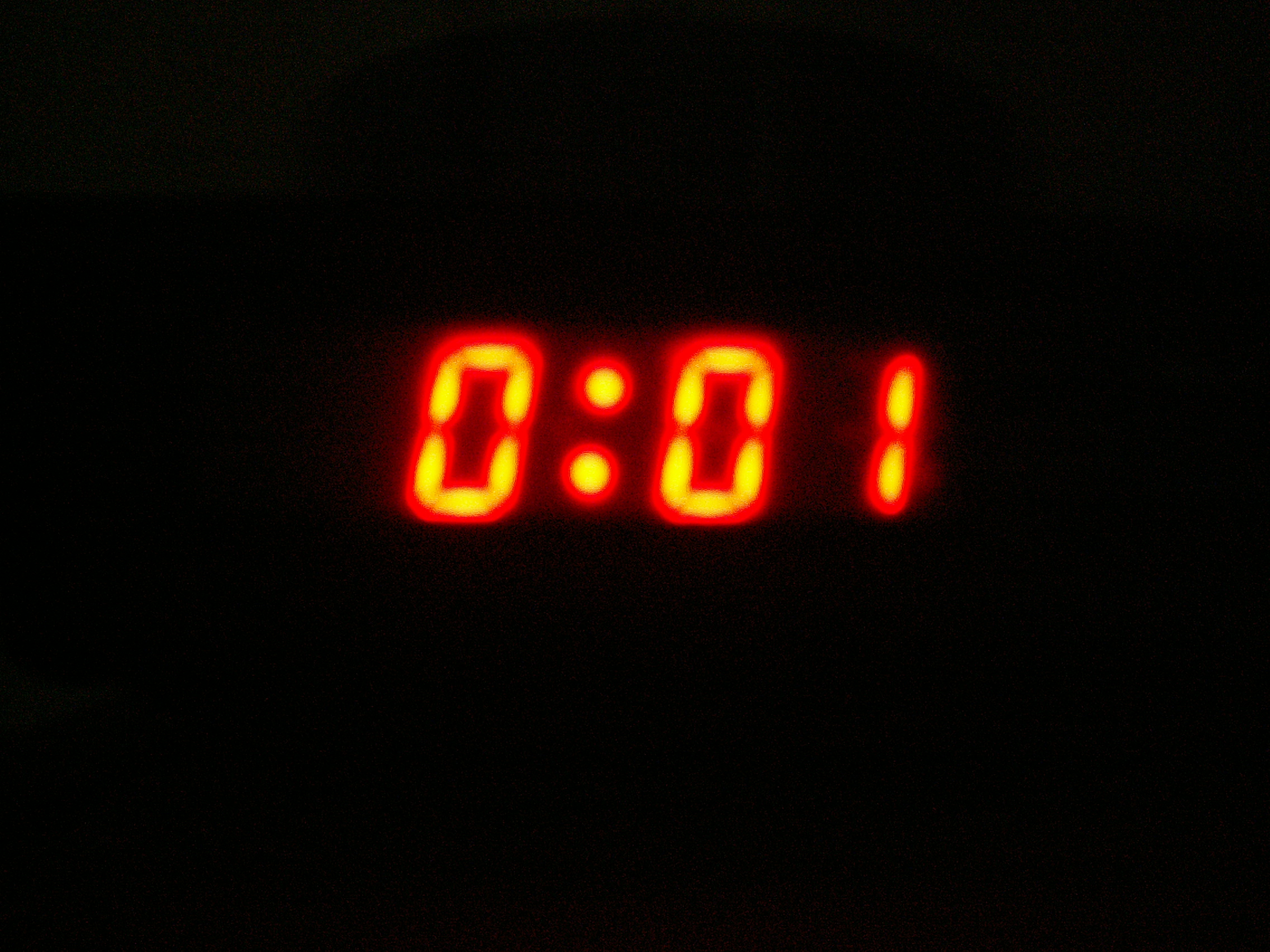Minute on:
[Wikipedia]
[Google]
[Amazon]
 The minute is a unit of
The minute is a unit of
"Arc Minute."
From MathWorldA Wolfram {{Authority control Orders of magnitude (time) Units of time
 The minute is a unit of
The minute is a unit of time
Time is the continued sequence of existence and event (philosophy), events that occurs in an apparently irreversible process, irreversible succession from the past, through the present, into the future. It is a component quantity of various me ...
usually equal to (the first sexagesimal
Sexagesimal, also known as base 60 or sexagenary, is a numeral system with sixty as its base. It originated with the ancient Sumerians in the 3rd millennium BC, was passed down to the ancient Babylonians, and is still used—in a modified form ...
fraction) of an hour
An hour (symbol: h; also abbreviated hr) is a unit of time conventionally reckoned as of a day and scientifically reckoned between 3,599 and 3,601 seconds, depending on the speed of Earth's rotation. There are 60 minutes in an hour, and 24 ...
, or 60 second
The second (symbol: s) is the unit of time in the International System of Units (SI), historically defined as of a day – this factor derived from the division of the day first into 24 hours, then to 60 minutes and finally to 60 seconds ea ...
s. In the UTC time standard, a minute on rare occasions has 61 seconds, a consequence of leap second
A leap second is a one- second adjustment that is occasionally applied to Coordinated Universal Time (UTC), to accommodate the difference between precise time ( International Atomic Time (TAI), as measured by atomic clocks) and imprecise obser ...
s (there is a provision to insert a negative leap second, which would result in a 59-second minute, but this has never happened in more than 40 years under this system). Although not an SI unit, the minute is accepted for use with SI units. The SI symbol for ''minute'' or ''minutes'' is min (without a dot). The prime symbol is also sometimes used informally to denote minutes of time.
History
Al-Biruni first subdivided the hoursexagesimal
Sexagesimal, also known as base 60 or sexagenary, is a numeral system with sixty as its base. It originated with the ancient Sumerians in the 3rd millennium BC, was passed down to the ancient Babylonians, and is still used—in a modified form ...
ly into minutes, second
The second (symbol: s) is the unit of time in the International System of Units (SI), historically defined as of a day – this factor derived from the division of the day first into 24 hours, then to 60 minutes and finally to 60 seconds ea ...
s, thirds and fourths in 1000 CE while discussing Jewish months.
Historically, the word "minute" comes from the Latin ''pars minuta prima'', meaning "first small part". This division of the hour can be further refined with a "second small part" (Latin: ''pars minuta secunda''), and this is where the word "second" comes from. For even further refinement, the term "third" ( of a second) remains in some languages, for example Polish (''tercja'') and Turkish (''salise''), although most modern usage subdivides seconds by using decimals. The symbol notation of the prime for minutes and double prime for seconds can be seen as indicating the first and second cut of the hour (similar to how the foot is the first cut of the yard or perhaps chain, with inches as the second cut). In 1267, the medieval scientist Roger Bacon
Roger Bacon (; la, Rogerus or ', also '' Rogerus''; ), also known by the scholastic accolade ''Doctor Mirabilis'', was a medieval English philosopher and Franciscan friar who placed considerable emphasis on the study of nature through emp ...
, writing in Latin, defined the division of time between full moon
The full moon is the lunar phase when the Moon appears fully illuminated from Earth's perspective. This occurs when Earth is located between the Sun and the Moon (when the ecliptic longitudes of the Sun and Moon differ by 180°). This mea ...
s as a number of hours, minutes, seconds, thirds, and fourths (''horae'', ''minuta'', ''secunda'', ''tertia'', and ''quarta'') after noon on specified calendar dates. The introduction of the minute hand into watches was possible only after the invention of the hairspring by Thomas Tompion, an English watchmaker, in 1675.
See also
*Clock face
A clock face is the part of an analog clock (or watch) that displays time through the use of a flat dial with reference marks, and revolving pointers turning on concentric shafts at the center, called hands. In its most basic, globally recogn ...
* International System of Units
The International System of Units, known by the international abbreviation SI in all languages and sometimes pleonastically as the SI system, is the modern form of the metric system and the world's most widely used system of measurement. ...
* Latitude and longitude
* Orders of magnitude (time)
Notes and references
Bibliography
* Henry Campbell Black, ''Black's Law Dictionary
''Black's Law Dictionary'' is the most frequently used legal dictionary in the United States. Henry Campbell Black (1860–1927) was the author of the first two editions of the dictionary.
History
The first edition was published in 1891 by West ...
'', 6th Edition, entry on Minute. West Publishing Company, St. Paul, Minnesota, 1991.
* Eric W. Weisstein"Arc Minute."
From MathWorldA Wolfram {{Authority control Orders of magnitude (time) Units of time